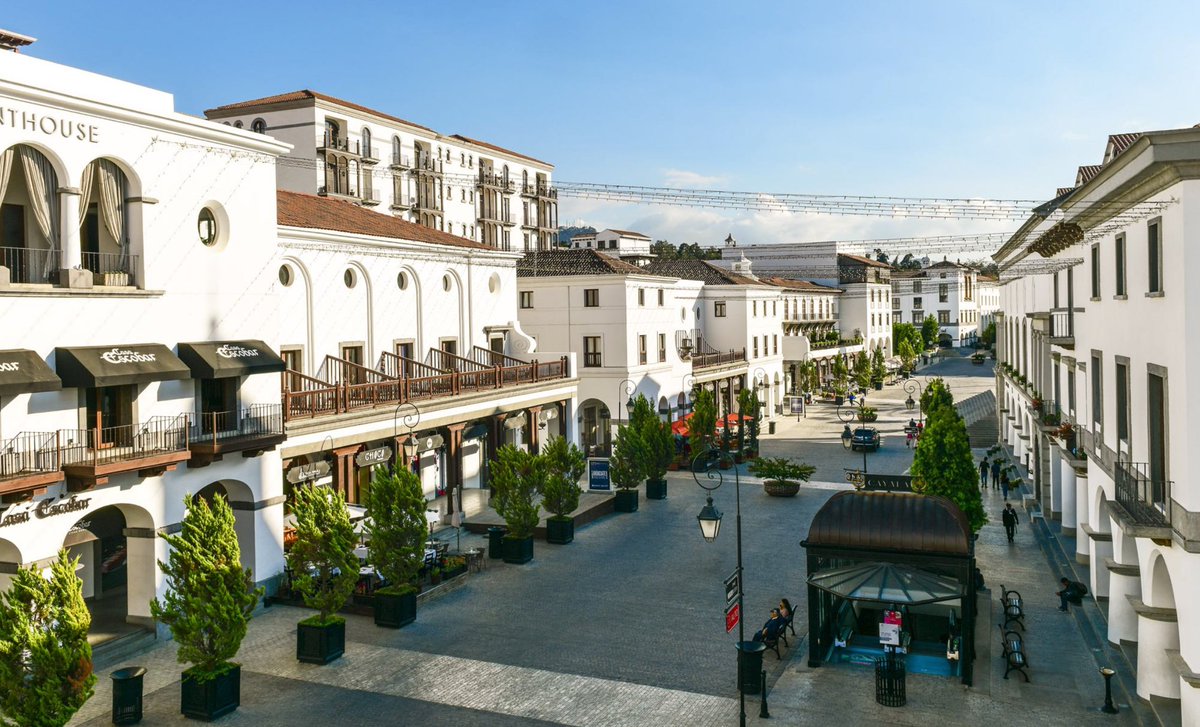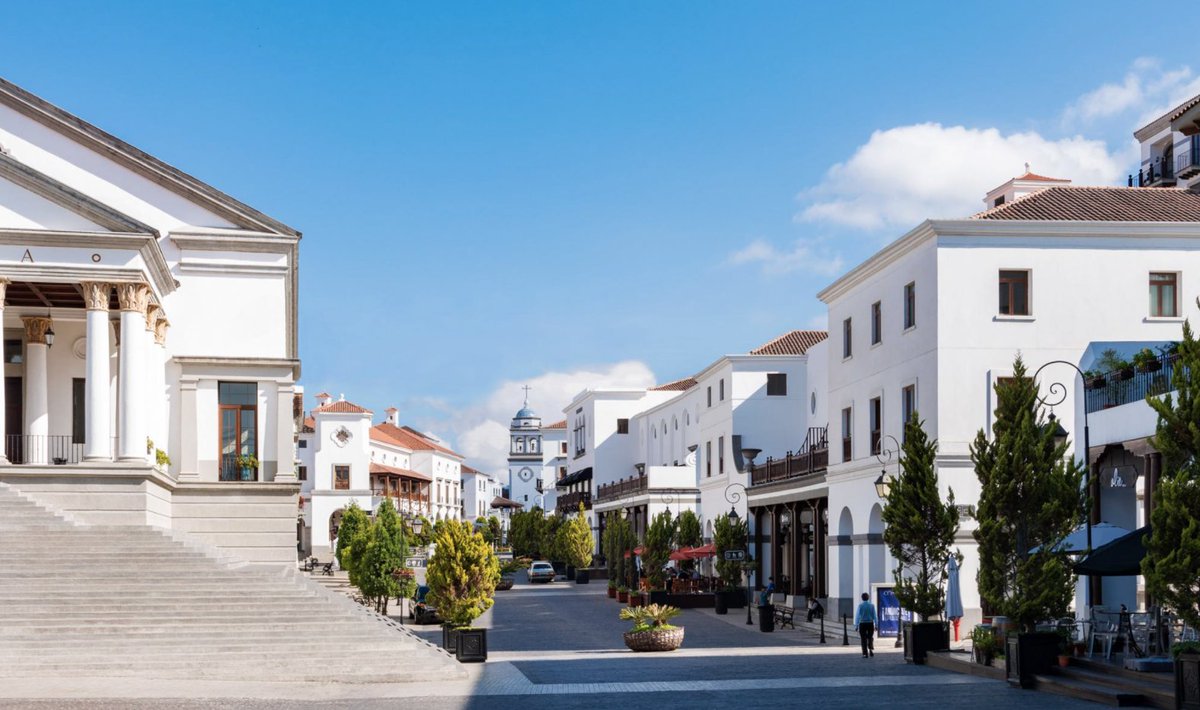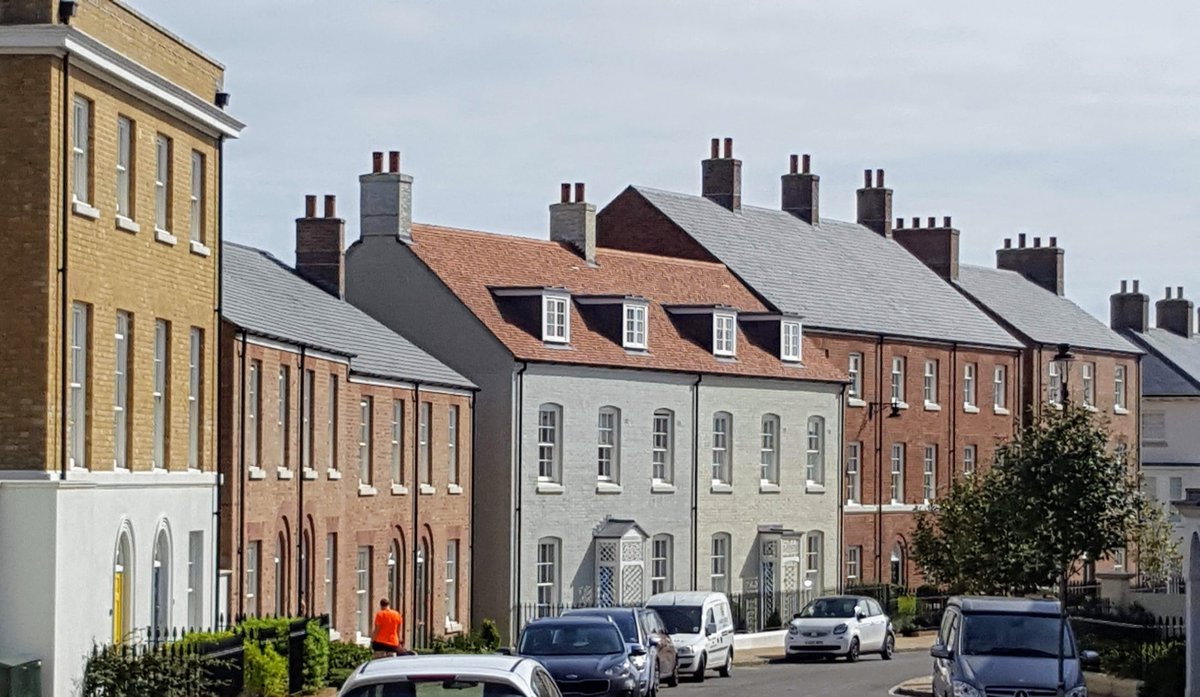
Ciudad Cayalá, Guatemala, designed by María Sánchez and Pedro Godoy. When finished it will be by far the largest recent vernacular neighbourhood anywhere. The Mayor of Guatemala describes it as a model for future urban extensions. 







Within Cayalá something close to car-independence has been achieved, although I understand residents of Cayalá tend still to rely on cars for travel elsewhere in Guatemala. Parking is largely underground, fortunately made possible by Cayalá's location on a hill. 

A church is currently rising in the centre of the neighbourhood, apparently funded entirely by donations from existing residents. 

The chief inspiration lies in Guatemala's 'Baroque vernacular', but perceptive observers will note Precolumbian Mesoamerican and Iberian Mozarabic influences too. 



I recently had the pleasure of interviewing Sánchez and Godoy. I make no claims for my competence as an interviewer, but those who are curious about this extraordinary development may enjoy:
@romakarios has kindly reminded me that @LeonKrier also played a central role in the design, and merits our thanks and acknowledgement.
• • •
Missing some Tweet in this thread? You can try to
force a refresh










